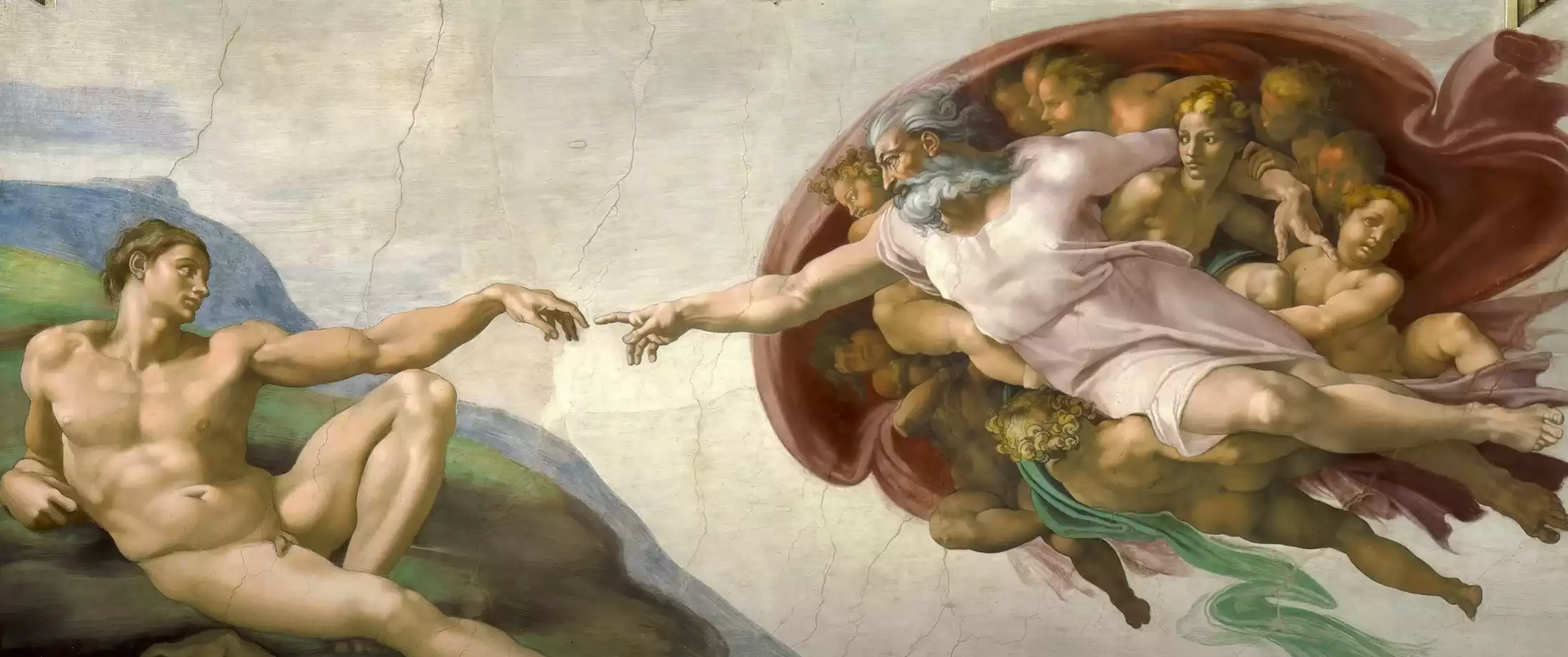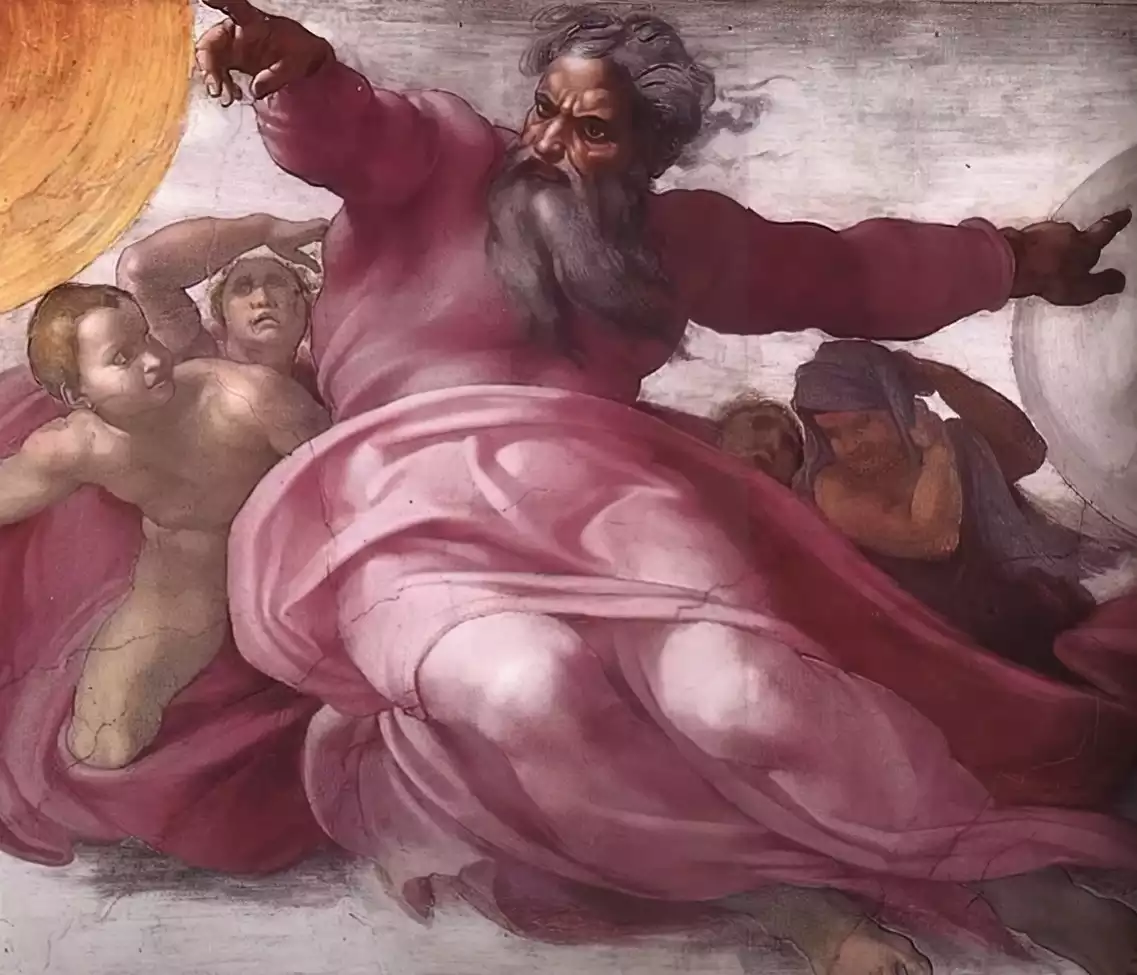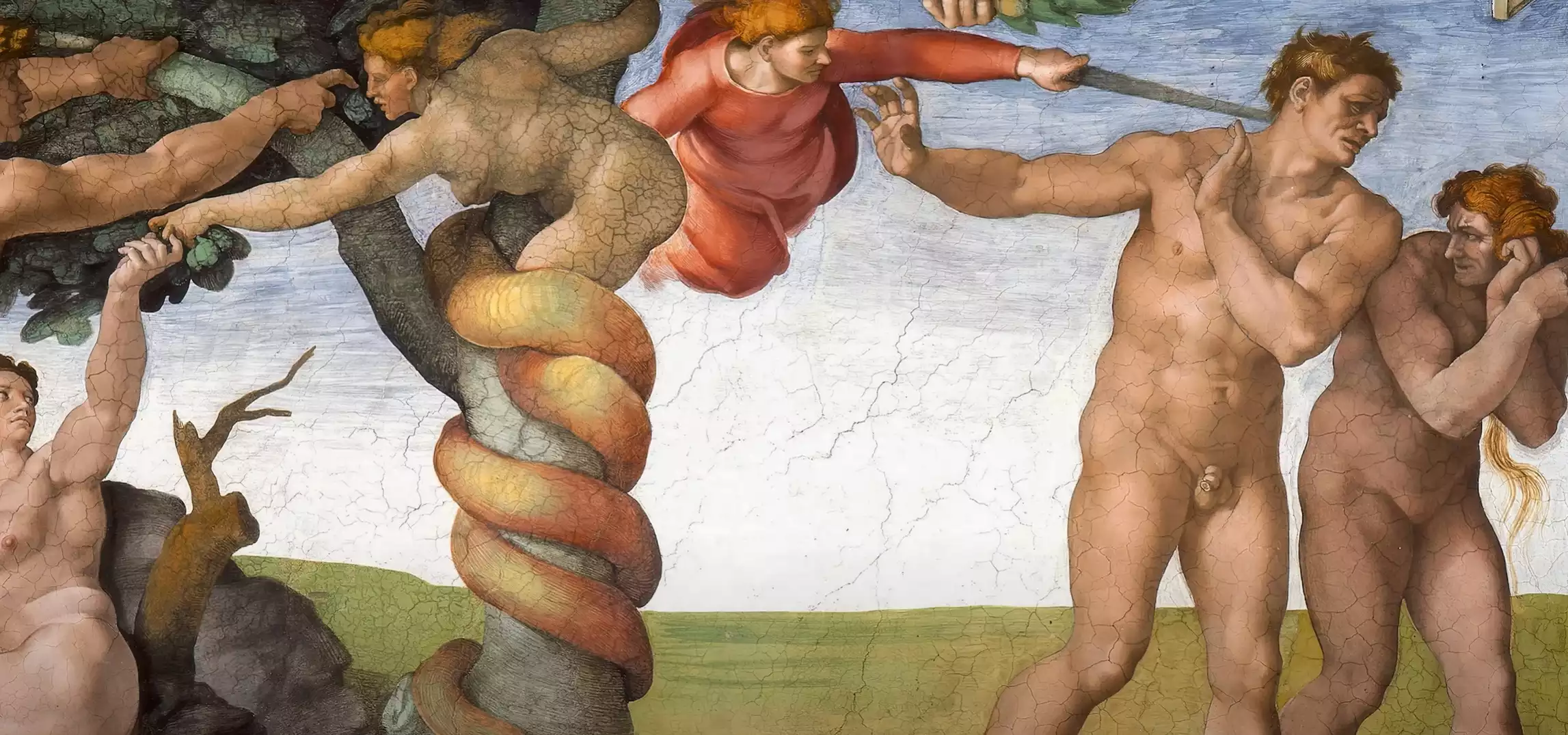
Michelangelo Buonarroti (1475-1564), a towering figure in the world of Renaissance art, embarked on a monumental task in 1501 that would forever alter the course of artistic expression. His undertaking of the Sistine Chapel frescoes not only showcases his exceptional skill but also symbolizes an era marked by a profound appreciation for art and beauty.

The Genesis of a Masterpiece
In the heart of Vatican City lies the Sistine Chapel, a sanctuary of art and faith, which in 1501 witnessed the commencement of a project that would become a cornerstone of Renaissance art. Michelangelo, already renowned for his mastery in sculpture and painting, was commissioned to adorn the chapel’s ceiling. This task, initially perceived as daunting, soon transformed into a canvas for Michelangelo’s unparalleled creativity and profound understanding of human anatomy and biblical narratives.
The Sistine Chapel, originally built between 1473 and 1481, became the venue for an artistic revolution under Michelangelo’s hand. His frescoes, a collection of over 300 figures, depict scenes from the Book of Genesis, including the iconic “Creation of Adam”, wherein the touch of God gives life to the first man. This particular fresco has transcended time, becoming a symbol of the divine intersection with humanity.
Michelangelo’s approach to the project was both innovative and audacious. He employed a unique fresco technique, which involved the meticulous application of paint onto wet plaster, a method that demanded precision and swift execution. The physical and mental strain of the task was immense, with Michelangelo spending long, arduous hours on scaffolding, painting overhead. Despite these challenges, his dedication and artistic vision remained unwavering.
Throughout this period, Michelangelo’s style evolved, showcasing his deepening understanding of human emotion and physicality. The frescoes are not mere representations; they are expressions of human experience, narrated through the language of art. Each figure is infused with life, motion, and emotion, reflecting Michelangelo’s profound ability to capture the essence of the human spirit.
As the frescoes neared completion, they revealed a tapestry of stories, each intertwining with the next to create a visual narrative of biblical proportions. The artistry exhibited in these works not only established Michelangelo as one of the greatest artists of his time but also set a new standard for artistic achievement in the Renaissance period. The Sistine Chapel frescoes remain, to this day, a testament to the enduring power of human creativity and the unyielding pursuit of excellence.

The Enduring Legacy of Michelangelo’s Frescoes
Michelangelo’s work on the Sistine Chapel frescoes reached its culmination in 1512, marking the end of an arduous yet transformative journey. The completion of this monumental project not only elevated Michelangelo’s status as an artist but also left an indelible mark on the world of art. The frescoes, characterized by their dramatic expression, intricate detail, and vivid coloration, revolutionized the approach to biblical storytelling through art.
The impact of these works extended beyond their immediate visual appeal. They epitomized the Renaissance ideals of humanism, showcasing a profound connection between the divine and the human. Michelangelo’s ability to portray biblical figures with such realism and emotion bridged the gap between earthly existence and spiritual aspirations. His work inspired countless artists, setting a precedent for artistic excellence and innovation.
Moreover, the Sistine Chapel frescoes have stood the test of time, captivating audiences for centuries. Their preservation and restoration efforts over the years have ensured that these masterpieces continue to inspire awe and admiration. Today, millions of visitors from around the world flock to the Vatican to witness the magnificence of Michelangelo’s work, cementing its place as a cultural and artistic landmark.
Michelangelo’s frescoes in the Sistine Chapel remain a pinnacle of Renaissance art, embodying the spirit of an era that redefined artistic expression. His work transcends mere artistic achievement; it represents a legacy of enduring influence, continuing to inspire and mesmerize generations with its beauty and profundity.
References
Graham-Dixon, A. (2008). “Michelangelo and the Sistine Chapel”. London: Weidenfeld & Nicolson.
King, R. (2003). “Michelangelo & the Pope’s Ceiling”. New York: Penguin Books.
Vasari, G. (1568). “Lives of the Most Excellent Painters, Sculptors, and Architects”. Florence.
Hartt, F. (1987). “Art: A History of Painting, Sculpture, Architecture”. New York: Harry N. Abrams.
